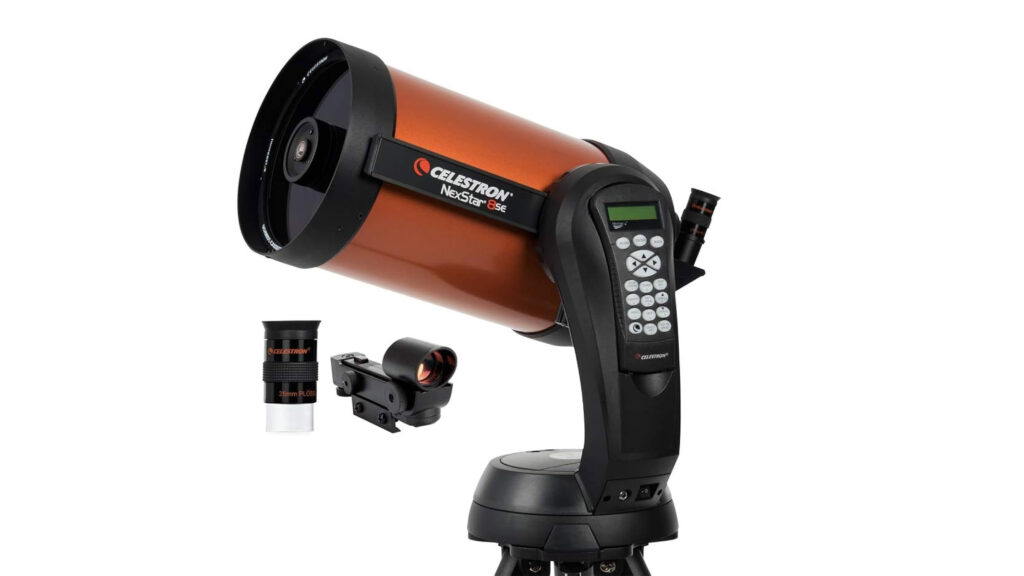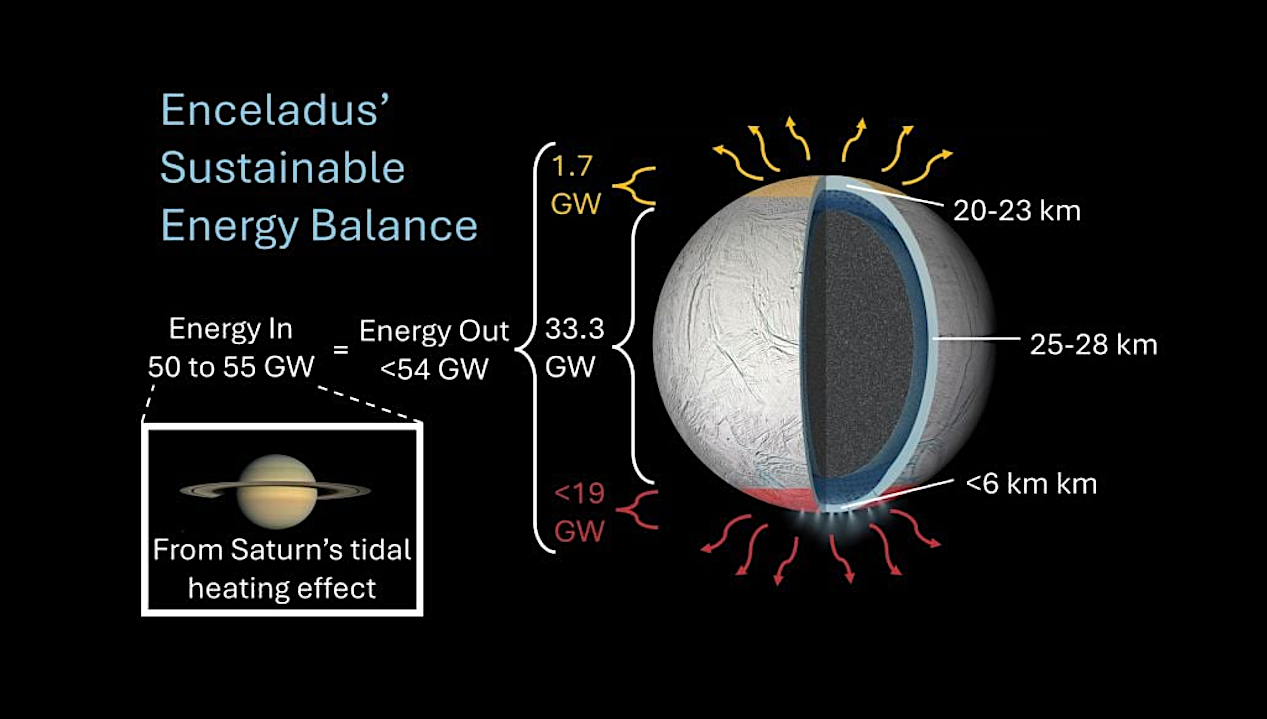Now Reading: Scientists 3D printed muscle tissue in microgravity. The goal is to make human organs from scratch
-
01
Scientists 3D printed muscle tissue in microgravity. The goal is to make human organs from scratch
Scientists 3D printed muscle tissue in microgravity. The goal is to make human organs from scratch

You may not be able to grow bigger muscles out of thin air, but you can 3D print them in microgravity, scientists at ETH Zurich have now established.
“3D printing” refers to a type of manufacturing that builds physical objects layer by layer. Different types of objects have been successfully 3D printed in space, but making functional human tissue from scratch — blood vessels, for example — requires special innovation. Achieving this, however, is viewed as a transformative step toward a future where organs can be 3D-printed for transplantation into humans who need them. The ability to 3D print human tissue in space also opens up the door for future medical research and testing.
To work toward getting around this issue, researchers used parabolic flights to simulate microgravity conditions, then 3D printed muscle tissue in weightlessness with a biofabrication system they call G-FLight (Gravity-independent Filamented Light).
The latest research is another step toward a reality where it may be possible to manufacture functional human organs for transplantation, which could be a big deal because the current standard of relying on donors and the right blood match has made transplant wait lists tremendously long.
3D printing tissue in microgravity has been a budding field as of late; for instance, some scientists are working to manufacture artificial retinas in space, leveraging the microgravity environment to make better implants and help people regain sight. Furthermore, other types of vascularized tissue, including liver tissue, have been successfully 3D printed in general. In terms of organ donation, scientists have also grown replacement bladders using bioprinting, and have successfully transplanted a 3D printed windpipe.

On the space and gravity front, the news from Switzerland may also offer hope to astronauts’ muscle-mass problem. Microgravity is known to wreak havoc on muscle mass, and having the ability to manufacture and test muscle tissue in space may advance space medicine for future travelers aboard the International Space Station and beyond. For instance, 3D printed artificial hearts are slated to be sent to the orbiting laboratory to test how the environment of space may impact astronauts who may someday embark on long duration space missions.
Stay Informed With the Latest & Most Important News
Previous Post
Next Post
-
 012024 in Review: Highlights from NASA in Silicon Valley
012024 in Review: Highlights from NASA in Silicon Valley -
 02Panasonic Leica Summilux DG 15mm f/1.7 ASPH review
02Panasonic Leica Summilux DG 15mm f/1.7 ASPH review -
 03How New NASA, India Earth Satellite NISAR Will See Earth
03How New NASA, India Earth Satellite NISAR Will See Earth -
 04And Thus Begins A New Year For Life On Earth
04And Thus Begins A New Year For Life On Earth -
 05Astronomy Activation Ambassadors: A New Era
05Astronomy Activation Ambassadors: A New Era -
06SpaceX launch surge helps set new global launch record in 2024
-
 07From Polymerization-Enabled Folding and Assembly to Chemical Evolution: Key Processes for Emergence of Functional Polymers in the Origin of Life
07From Polymerization-Enabled Folding and Assembly to Chemical Evolution: Key Processes for Emergence of Functional Polymers in the Origin of Life




















